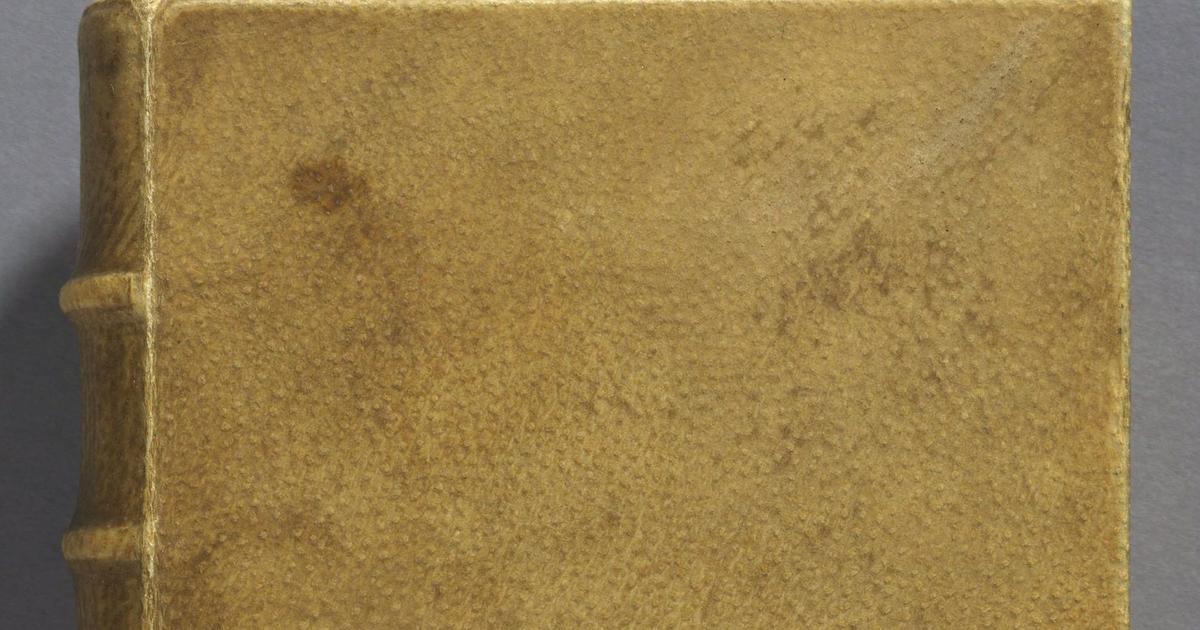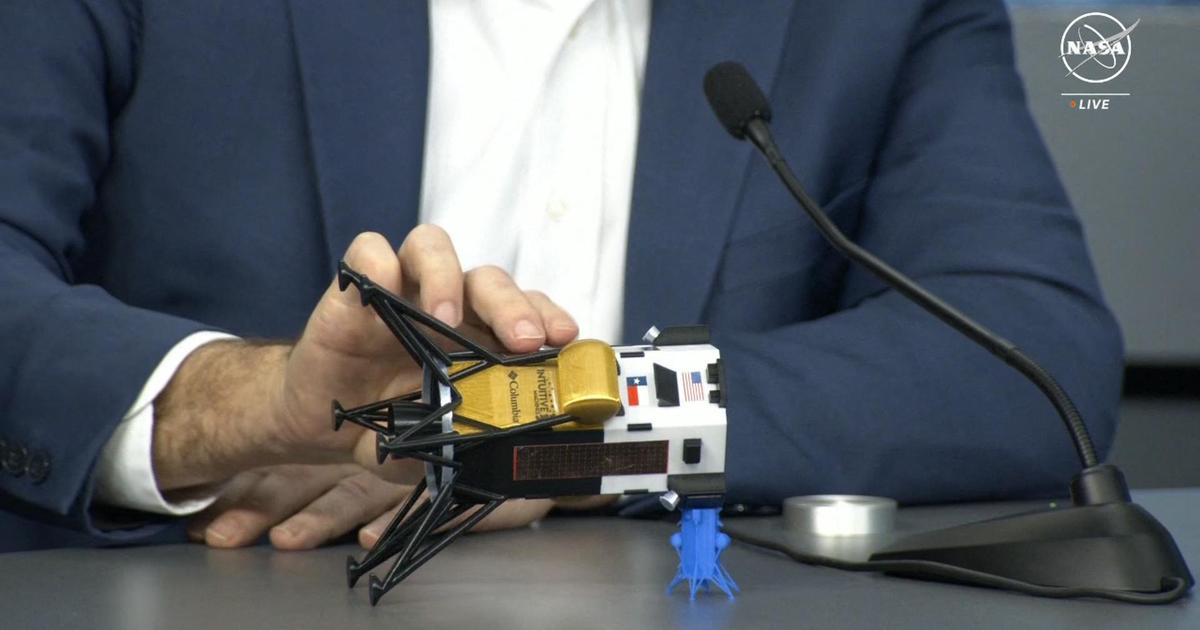The word psychedelia was invented by the English psychiatrist Humphry Osmond after serving as a guide for the writer Aldous Huxley in his legendary mescaline trip in 1953; an experience that would give rise to the book The Doors of Perception (Edhasa, 2002), an essay where Huxley tells the sensations observed after the ingestion of the hallucinogenic alkaloid extracted from peyote.
Learn morePsychedelic therapy: hallucinogenic mushrooms against depression
Once back, Huxley decided to discard the word "psychotomimetic" to describe the experience. Instead, Huxley preferred the word "fanerotime" which is something like what makes the soul visible. However, Osmond thought that fanerotime was not a sonic term despite accurately defining such a lofty experience. A more classical term, with Greco-Latin roots, was needed to say the same thing. In this way, psyche—soul—merged with delos—to reveal—and thus was born a word that would define not only an experience, but an epoch.
All this is told by the American sociologist Don Lattin in his book The Harvard Psychedelic Club (Errata naturae, 2023). A work where the events that led professors Timothy Leary, Huston Smith and Richard Alpert to cross paths with the doctor Andrew Weil are reviewed chronologically to demonstrate that the human brain, conditioned by rigid structures, filters reality in such a way that it does not allow impressions that could become dangerous for the social functioning of the system to slip through. Driven by this premise, Timothy Leary runs a psychedelic experiment at Concord Jail, giving twenty milligrams of psilocybin to two of the inmates and a Harvard graduate student named Ralph Metzner who volunteered for the test that took place in the infirmary. This first experience was followed by others for nine months.
Fanerotime did not accurately define such a lofty experience. A classical one, with Greco-Latin roots, was needed: 'psyche' —soul— merged with 'delos' —to reveal—, and thus was born a word that would define not only an experience, but an epoch.
Timothy Leary, 'high priest' of the drug culture of the 60s, addresses the students. Bettmann (Bettmann Archive)
The result of all this was that 75% of the prisoners who had been given psilocybin, and who were released, did not reoffend. The year is 1963; year in which psychedelia arrives to change the world. The social patterns that, until then, dominated the western corners, will be turned upside down from Harvard University, and scientific experiments with substances that alter consciousness will go beyond the borders of the university itself to reach the prisons. The results of the Concord experiment are politically dangerous and very soon problems begin, accusations among members of the Harvard psychedelic club, leaks and tip-offs for using unqualified personnel for their experiments.
Because the most important thing about a scientific investigation is the intention of the researcher and even more so when working with recreational substances, well, it will be the intention, that is, the idea pursued in the experiment, which to a large extent will determine the result of the experiment. And this is pointed out by Don Lattin in this must-read book for all those people who like to browse the substances that influenced an era. Among its paragraphs we witness the clash of strong personalities whose intentions were increasingly far from the scientific result. That is why the club would end up broken, between accusations and reproaches.
Finally, suffice it to say that the experiments that took place at Harvard during the sixties opened not only the doors of perception, but also those of tolerance so that today psilocybin is not persecuted and its use is contemplated for therapeutic purposes.
The stone axe is a section where Montero Glez, with a will for prose, exerts his particular siege on scientific reality to manifest that science and art are complementary forms of knowledge.
You can follow MATERIA on Facebook, Twitter and Instagram, or sign up here to receive our weekly newsletter.

/cloudfront-eu-central-1.images.arcpublishing.com/prisa/B465EIT3TJGLNFFSUZQTO23KRY.jpg)


/cloudfront-eu-central-1.images.arcpublishing.com/prisa/EDWLLTRHDZHOBBSTLPCSUIBR5U.jpg)



/cloudfront-eu-central-1.images.arcpublishing.com/prisa/ZV3HRONFCNGOLA37LDSKYTU2VY.jpg)




/cloudfront-eu-central-1.images.arcpublishing.com/prisa/KMEYMJKESBAZBE4MRBAM4TGHIQ.jpg)

